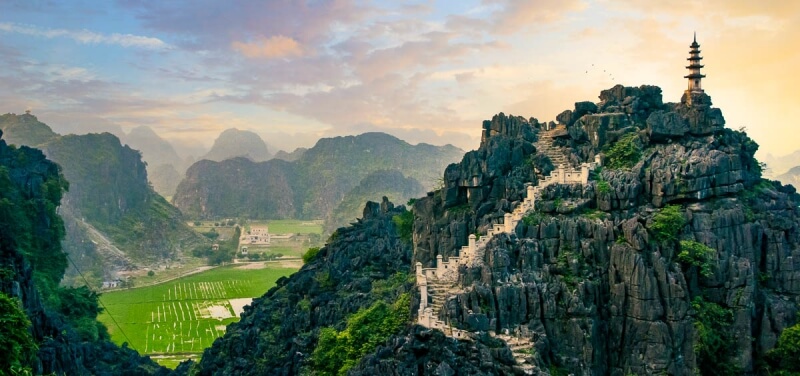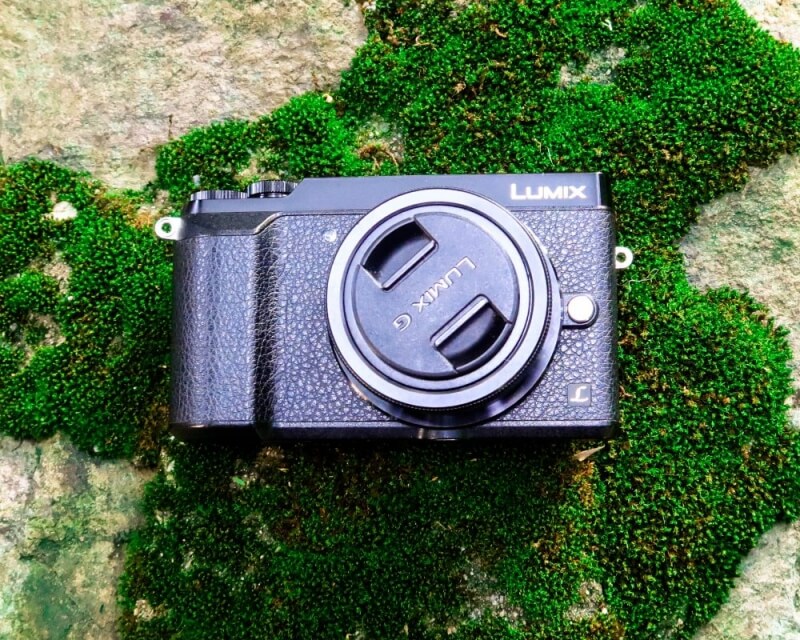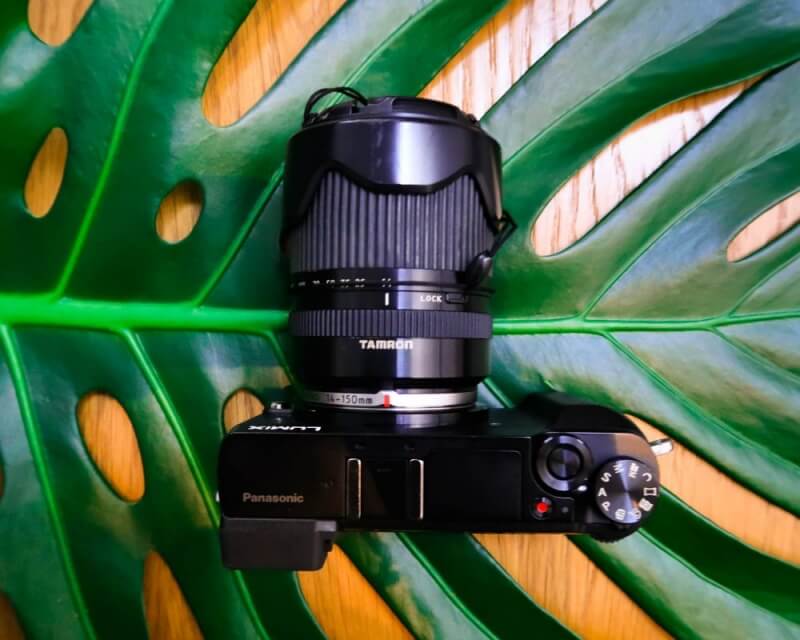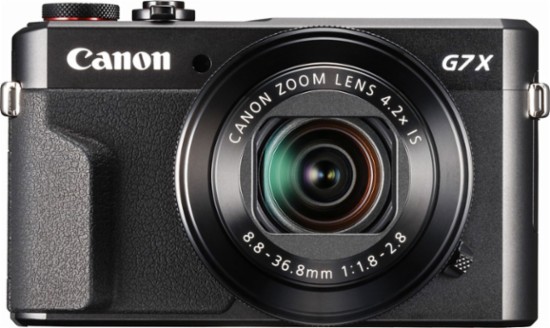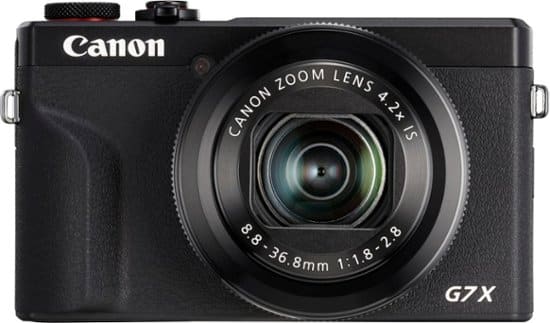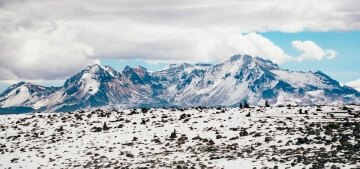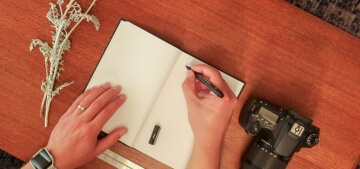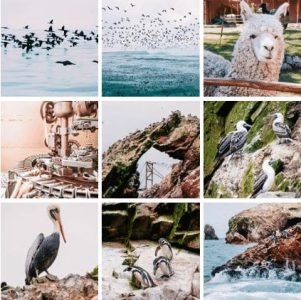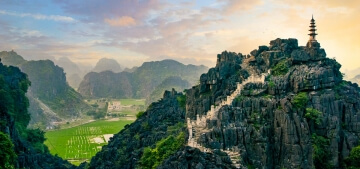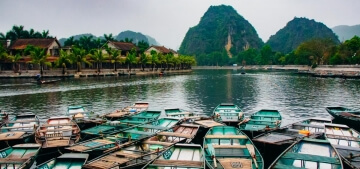People often ask me which camera to buy, so I figured, why not consolidate the features I consider must-haves and what I believe to be the best camera for travel into one post, and keep it updated as time goes on. I will cover the best mirrorless camera for travel, as well as the best compact camera for travel.
UPDATE: I first wrote this article in 2018. But I checked again in 2024 if there was a new camera that fits all the criteria I detail below but nope, the Panasonic is still the best camera for travel today. And the Canon has been updated to the latest revision.
A good travel camera should be versatile enough to handle a variety of situations while being easy to carry about. Depending on your style of travel, this could change but a lot of factors stay the same. Given the list of features I think are really valuable while traveling, what’s the best camera out there?
If you’re the impatient type – go straight to the recommended camera!
Take me to the Best Camera for Travel in 2024
Or read on to learn more about how to pick the right travel camera for you.
This post has affiliate links. As an Amazon Associate I earn from qualifying purchases. The opinions presented are my own.
Why Make the Switch?
So when my friends ask me for a rec, and are currently rocking their smartphone, my first question to them is always “But why? Why do you want to switch?”
The reason I ask this is because if they’ve gotten used to their pocketable smartphones, it really is important to have a good reason to carry a bigger camera. Or guess what, they’ll buy the camera, unbox it and then never carry it with them.
Smartphone cameras have gotten pretty amazing over the last half decade. And the interesting thing is, it’s the software on them that enables some amazing features that are better than most cameras. Excellent in-camera HDR and panoramas, seamless GPS tagging, the ability to post to social.
Smartphone cameras use incredible software to deliver amazing results
Here’s a panorama I took with my husband’s iPhone. I actually had my Canon 70d DSLR on me at the time, but panoramas are SO much easier on the iPhone.
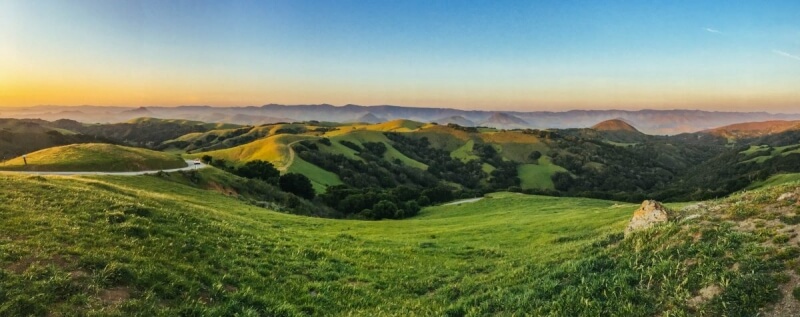
A well-worn, but accurate, cliché is that the best camera to use, is the one you have on you. And these days, that’s most likely to be your smartphone than anything else.
But I get it – if you’ve come here searching for the best travel camera, chances are you’ve already decided to make the switch.
Okay, You’re Itching For An Upgrade
My second question is usually, “What are you planning to shoot?”
For many people it’s their new baby (congrats!), or their daughter’s soccer game, or family events. But since this is a travel photography site, I’m going to focus this article on the best travel camera.
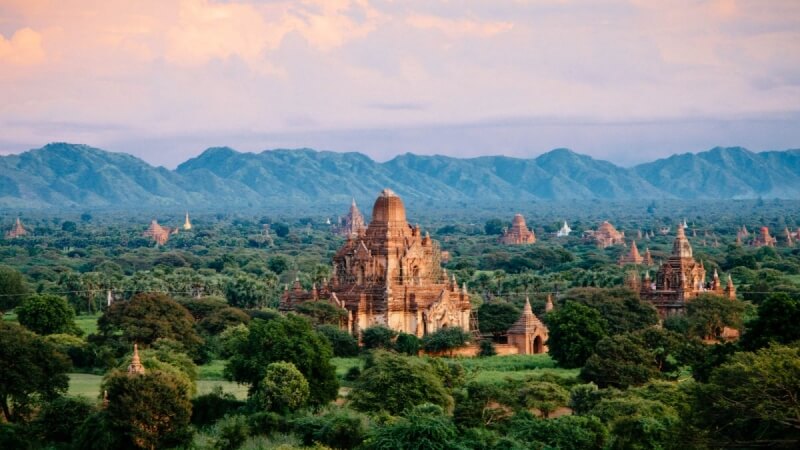
What’s Special about a Travel Camera?
Some features are obviously important in pretty much any camera you choose, but the tradeoffs play out a little differently when you are traveling, when portability and versatility start to matter a whole lot.
There really isn’t the perfect camera for all situations, but there is one that will handle most of your needs more than capably. Capture a great landscape, but also zoom in when you need to.

In addition to the type of photography, it also kind of matters what sort of user you are. If I buy my non-techie dad a camera, I’ll probably get him something a LOT simpler than I’d get for a friend I know is more comfortable with gadgets.
I’m an advanced amateur. I don’t shoot for a living but I know how to use the both the manual and spiffier settings on my camera, I like to shoot raw and process the photos in Lightroom, and I’ve had a few paid gigs and print sales. So my recommendations are going to be in line with that and hopefully you can adapt my suggestions for yourself.
How to Choose a Camera for Travel
To start with, which features matter for a travel camera, and what are the tradeoffs? I’m just going to define these here. Then I’m going to walk you through how my choice vets out against them. The best cameras for travel should fare pretty well on each of these features.
Sensor size
This is a biggie. Essentially, the larger the sensor, the better image quality you are gonna get. Yup, size matters The sensor is the “film” in your digital camera.
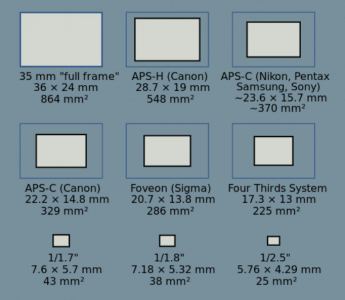
Tradeoff – The larger the sensor, the pricier the camera, the larger the lenses you need.
You can see a sensor size comparison in the image. Full frame is the kind of camera most full-on professional photographers use.
APS-C sensors are usually found in many consumer DSLR or larger mirrorless cameras.
Then you have Four Thirds, which you can see is smaller than APS-C but still in the same range.
Finally at the bottom you see point and shoot sized sensors. The latest iPhone sensors are about 18mm², so smaller than all of the sensors pictured.
Lens
After the sensor, the lens is probably the next most important feature that affects your photos directly. But a lot of tradeoffs come into play here, especially when it comes to the size and weight of the lens.
The key thing to note, is that the lens is pure physics, it bends light to hit the sensor. Fact is, on average, the larger the sensor, the larger the lenses you need. So even though the best sensors are the biggest sensors, you have to take into consideration the size of lenses needed as well.
Tradeoff – Size and weight of the lens trades off against zoom and speed (or widest aperture of the lens).
Hard to travel with this, isn’t it?
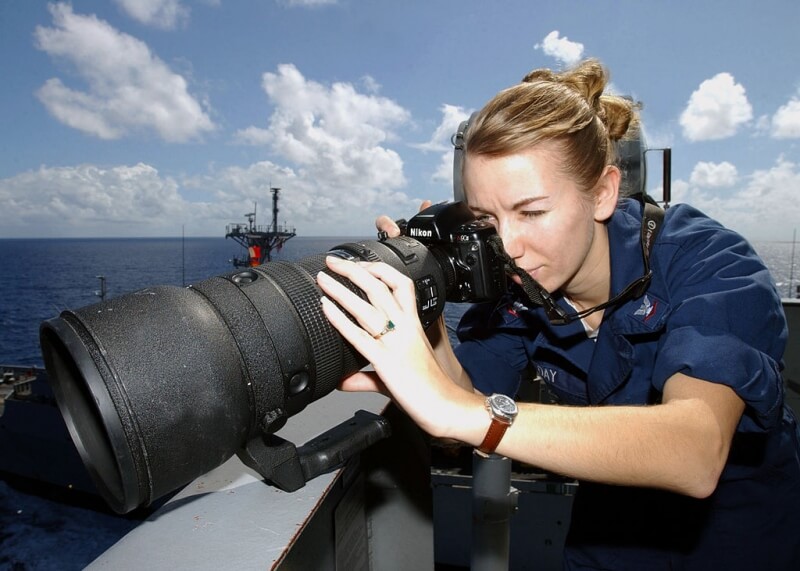
Interchangeable lenses
Since a lot of the tradeoffs happen with the lens, being able to swap lenses is game-changing. For any particular day, you can pick the right lens for the job.
Tradeoff – The more lenses you carry, the more options you have but the more overall weight you end up with.
ILCs or Interchangeable Lens Cameras let you pick the right lens for the job
Image Stabilization
As you travel it’s often not convenient to have a tripod. Good IS can get you a lot of shots you might miss without it. It’s not the answer to everything – it won’t help with moving subjects – but it can give you amazing low-light landscape or skyline shots.
Tradeoff – Not much other than the fact that newer (and therefore pricier) cameras tend to have better IS.
Here’s a handheld shot of the Boston skyline.
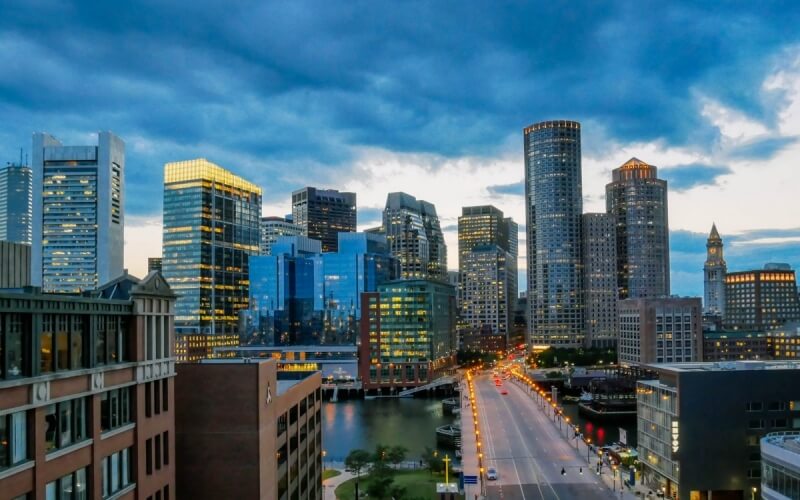
Size and weight
While this may not matter for people shooting in a studio, this is a big one for travel. You want something that’s easy to pack and travel with. A more discrete setup is also better for security and street shooting.
I know way too many people that go in for a dSLR and then never take it out because it’s too big and heavy. So it sits in a closet instead.
Tradeoff – The smaller you go, the smaller the sensor you get, and the fewer the features. Useful components like a viewfinder or tilting screen get dropped. Sometimes even settings get harder to access.
Manual settings
This is the ability to have a lot of control over your photos using partial or full manual settings.
Even if you don’t start off using anything other than auto, eventually you will want to at least use Aperture mode, and your camera should allow you to do so.
Tradeoff – Mostly size – cameras with manual settings must provide accessible wheels to access them which require a slightly larger form factor. The smallest cameras will bury the settings in menus, making them as good as useless.
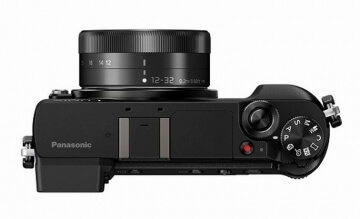
I like my cameras to have full manual settings and all the modes I’d expect on my DSLR.
Wireless capability
On the road, it’s really handy to quickly transfer a photo to your phone and upload it. Especially while traveling. So either wifi or bluetooth connectivity can be really important.
Tradeoff – Not much other than that newer (and therefore pricier) cameras will have better connectivity.
Cost
While I’m sure cost is no object for some people, for most of us cost plays a big part in the decision. Especially with a travel camera, there is a chance it gets lost, damaged or stolen and for that reason I prefer a mid-range camera as opposed to the highest end I can afford.
Tradeoff – Well this one is upto you. Perhaps you take one less tour because you spent all your fun money on gear? Or you don’t want to take your camera out because it might get damaged or stolen? You do you.
Bonus Features
What are bonus features? Well, they are the nice-to-haves. Or maybe to some people, one of these might be a real priority. I mention these here in case you might want to consider them.
Video – Most but not all cameras now have some video capability, some with 1080p and some with 4K. 4K is probably not a necessity right now if you are primarily a photographer. But image stabilization of the video makes a huge difference so that’s something to watch out for.
In-camera HDR or Panorama – HDR and Panoramas are features in every smartphone now. But not in every camera. If you make a lot of these, it would be pretty sweet to have them in-camera.
In-camera features make processing more painless. More time behind the camera, less time in front of a computer.
Water and Weatherproofing – Naturally, everyone would love to have a camera you could just drop in a pool and not worry about it! But again tradeoffs – you’re not going to get a waterproof camera without sacrificing some other factors. But if you’re a surfer or diver, obviously this could be a very important feature for you.
Portability – This is hard to quantify but a simple thing like being able to charge your camera using a standard micro-USB cable can make a huge difference. You can charge it off one of those external batteries you carry for your phone. Or pretty much any hotel will have one of these in their lost and found.
The Best Camera For Travel 2024 : Panasonic GX85/GX80
My recommendation for the best camera for travel right now is the Panasonic Lumix GX-85/GX80.
As you might have guessed, it’s a mirrorless Micro Four Thirds camera with interchangeable lenses. It’s got a cool style, don’t you think? Basically, a rangefinder style camera with just the right set of features for a travel camera.
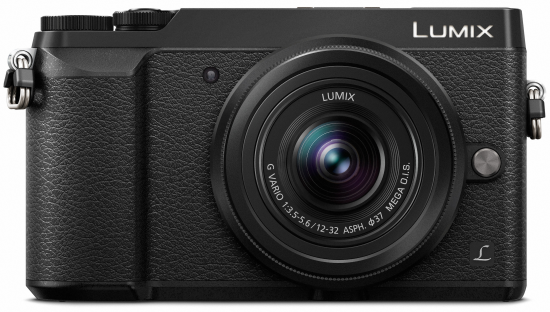 Buy the Panasonic Lumix GX85 Now
Buy the Panasonic Lumix GX85 Now
I’ll go over for all the features listed above and explain why I LOVE this little camera that can. And also propose a few alternates if your situation is a bit different.
Sensor Size is Just Right
The Panasonic GX-85 uses a Micro Four Thirds sensor. So that’s not the biggest but it’s also not small. Just right, like baby bear would say.
For reference, it’s about 13x bigger than your iPhone sensor (yes, crazy right?!) and about 2x the size of the higher end point and shoots. That large area is going to collect quite a bit of light which leads to better image quality.
Why not buy the entry level DSLR or even a APS-C mirrorless? I know, I was a DSLR junkie for a decade, took me a while to consider anything else.
But let’s take a look. Here’s that sensor size image again. APS-C doesn’t look too much different than micro four thirds, right?
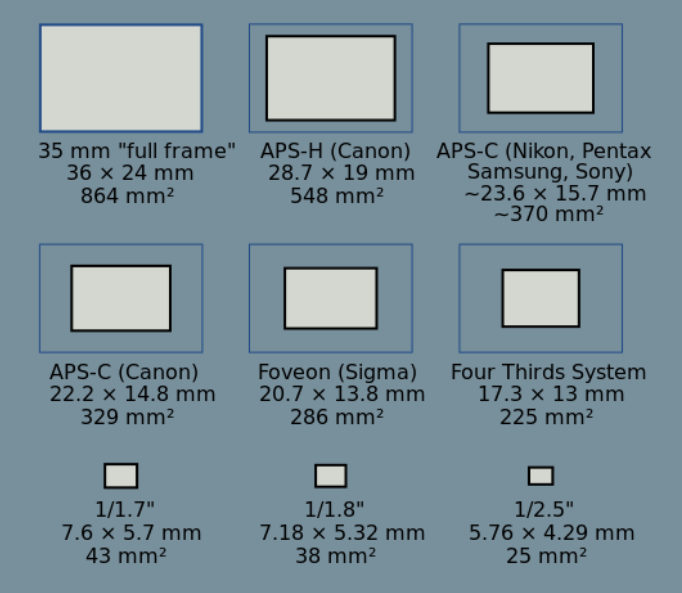
Turns out that seemingly small difference in sensor size comes with a huge win. Micro Four Thirds lenses are a waaay smaller and lighter than DSLR or mirrorless cameras.
But that brings us to our next feature – the lens.
Pick a Lens To Match Your Needs
So if you are going to pick one lens, you probably want something that will cover most situations.
That’s basically the focal range of 24-70mm. Get this covered and you can easily shoot some landscapes, some portraits and maybe a few birds that aren’t too far away. Zoom with your feet and all that.
This range is also usually covered by the kit lens that came with the camera.
In fact, even most fixed lens compact cameras will cover this range. Like the Canon G7x Mark III which has a focal range equivalent to 24-100mm.
Here’s a fun lens simulator from Nikon where you can play with different lens ranges.
Use Interchangeable Lenses for Versatility
But, what happens if you go on safari and want to, you know, shoot a photo of a lion without getting too close? You’re SOL, sorry.
Then you need interchangeable lenses, my friend.
Look at it this way, if you are going to be hoofing it on Europe’s cobblestones and strolling the white sand beaches of the caribbean and ploughing through some rainy puddles, are you going take one pair of shoes? Or is it easier to pick 2 or 3 that cover your needs well? This is basically what an ILC (Interchangeable Lens Camera) lets you do.
On a regular puttering around town day, a small lightweight walkaround is all I need. Here’s what that looks like.
At night, I use my low-light prime.
On a real photowalk or day trip, I use my bigger zoom lens. Here’s what that looks like.
Pretty cool transformation right? I mean it pretty much changes from a high end point and shoot into a DSLR!
And the Micro Four Thirds (from now on I’m using M43) system is essentially the smallest setup you can get with interchangeable lenses. Of course there’s variation depending on which camera and lens you get but all tend to result in a smaller package than the equivalent mirrorless or DSLR.
Micro Four Thirds (from now on I’m using M43) system is essentially the smallest setup you can get with interchangeable lenses.
One more cool thing – it never ends with this camera. The M43 mount was a standard agreed on by Olympus and Panasonic so yeah, you can use lenses from either company! And a bunch from Tamron, Sigma, etc… There are like 80+ M43 lenses available!
If that leaves you a little overwhelmed, don’t worry I’ve got a great list of the best lenses for travel photography.
READ MORE: Too much choice? Here’s a shortlist of great micro four thirds lenses for travel photography.
Best Compact Travel Camera
If on the other hand, you know you will _never_ buy a second lens, it’s okay. I got you.
My compact pick is the Canon G7x Mark III, a great little camera at a great price.
Buy the Canon G7x Mark III now
For a compact, it has a nice large sensor at 1″ – pretty much the largest sensor you can get on a compact.
Bag Recommendation: Try a DIY Camera Bag solution, you’ll be sure to take it everywhere.
The lens has 24-100mm range and is really fast – f/1.8 on the wide end, f/2.8 on the tele end. That makes it excellent for those low light pics you don’t want showing up on social media, but also to get that nice narrow DOF that makes everything look so much more pro.
Wired Magazine called the G7x Mark II “likely to be the best pocket camera Canon has ever produced.”
It has a screen that tilts all the way up to 180 for “video logging” which is obviously code for selfies.
It charges in-camera so you’ll never worry about losing the charger (although it does have an external charger).
Just a great affordable compact travel camera with excellent image quality. But just one lens.
Keep Things Portable
I already talked about m43 resulting in a smaller sized setup overall. Which is awesome and super important when picking the best camera for travel. But, even within the M43 range, the Panasonic GX85 is on the smaller side.
When I bought it, I meant for it to replace my Canon 70D. But woah, when it arrived, I realized it could also replace my point and shoot! It’s that small.
It has an electronic viewfinder which, although annoying while wearing glasses, is helpful to compose in full sunlight. And an articulating screen. It’s not 180° but works to take a higher up or low down shot. I find I take more interesting shots when these options are easily accessible.
You know when you find the perfect shot of towering spices in a Moroccan souq, you lift your giant camera up, and the store owner gives you a stern finger waggle?
Well that’s another way a small camera comes in handy. In addition to not taking up all your precious carry-on space. Because of course you don’t check your camera gear, right?
They’re just more discrete. They slip under the radar in places with big “No Professional Camera” signs too. Sneaky.
There’s also one other feature that makes this camera perfect for a traveler. The GX-85 has USB charging in-camera, with a regular micro-usb cable. You know what this means? Not only will you never lose your expensive charger on the road (just use any decent usb charger) but you can also carry an external battery to recharge on-the-go.
Image Stabilization
This is a feature you probably didn’t know you needed. I didn’t know i needed it.
But get this, it’s gotten so good now you can take handheld shots that last multiple seconds!
The GX85 when used with stabilized lenses gives you amazing 5 axis sensor stabilization. This is like 4 stops of stabilization.
Here’s a handheld *panorama* that I took.
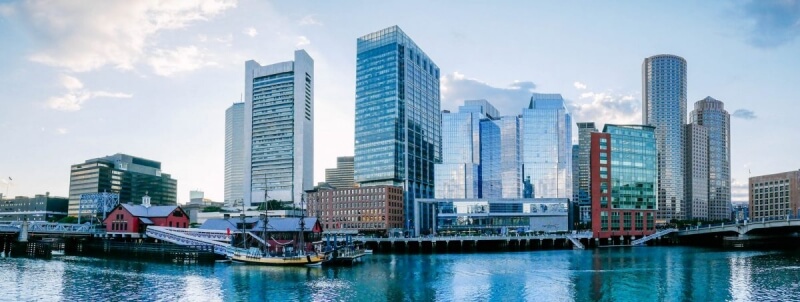
Can I measure this? No. But I can say that it allows me to take some handheld shots that would never have been possible with my Canon 700d.
The technology for image stabilization has really gotten amazing over the last few years. This guy even took a shot of the milky way handheld!
Full Control
Not too much to say here except that once you know how to use aperture priority or manual modes, it becomes extremely frustrating to not have access to them.
If the scene is too bright, you can choose to dial it down using shutter speed, aperture or ISO. Nothing is as annoying as looking at an amazing scene and not being able to capture it because your camera doesn’t give you the control you need.
Luckily, the GX85 has the same level of control as a DSLR and has enough knobs to be able to change the settings quickly and easily. The UX of a small camera like this becomes incredibly important if you want to avoid frustration.
This is #1 reason why a smartphone just doesn’t replace my camera. Even if some settings are available, they are usually hard to control. On the flipside, if you never use modes like Aperture Priority or Shutter priority, and never want to buy lenses, you could probably do just fine with your smartphone.
Post On the Road
If you don’t share your photos online, this one’s not going to matter to you. Me, I like to process most of my photos in Lightroom before I post them so this is not at all my default mode. But on a longer trip, I sometime post on the road.
The Wifi capability on the Panasonic GX85 works as well as most cameras I’ve tried, which is to say a tad finicky but does the job. You can transfer single or multiple photos, raw or jpeg, and also GPS tag them if you started the GPS logger prior to shooting.
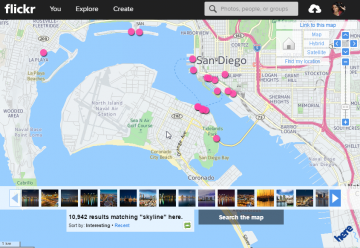
On that front – Good God, I wish there was a camera that would seamlessly GPS tag images like my phone does.
I love seeing my photos on a map!
But I worked in the embedded world and GPS uses a lot of juice, and has a hard time getting a fix when started up in a different location than it was shut down. So until camera manufacturers get real clever with using the phone’s GPS, we’re stuck with doing it the manual way.
Which is basically to use a phone app to store a GPS log and tag those photos later.
Anyhoo, the ability to transfer a pic and post to your social media on the fly is pretty nice.
Improvements
I don’t want this to be a fluff piece so I’m also going to go over some negatives here.
The GX-85 has a lot of features and frankly, that can get a little confusing as enabling one feature disables another. So for example, you cannot turn on HDR if you have enabled burst mode, or RAW-only capture or bracketing etc… I know when you think about it, each of these makes sense, but when you are out and about it can be pretty confusing.
Another annoyance is the touchscreen which is too easy to activate. I have turned off almost all touchscreen features as a result. Even your nose hitting the lcd will change the focus point as you are bringing the camera up to your eye!
Which is too bad, I think there are ways to design around touch to make it work when you want it to and not when you don’t.
Finally, the battery life is not that great and I often find myself running out of juice. So I carry a couple of spare batteries with me and suggest you buy some right away.
Cost
Okay, usually this is the painful part – where you check the price tag. But I’ve actually been dying to get to this part you guys!
Because the GX85 is super affordable for a camera in its class! I know, I know, your thinking classic fine print “in its class”.
But really, it even competes price-wise with the class below it! Yep, for ~$700 I got the body and two lenses – a 12-32mm pancake lens and a 45-150mm zoom.
You may not get the same deal but trust me, it’s really affordable. You can check the current price on Amazon here.
Wired Magazine called this camera, simply, “The Best Camera For The Money”
In fact, there used to be a camera search on DPReview (sadly no longer available) and you could plug in the features I talked about, and only one other camera popped up in that price range (the Olympus OM-D E-M10) which is quite old and a larger DSLR style format.
So the GX85 offers incredible bang for the buck at this price point and that makes it the absolute best budget travel camera as well.
A Gem Of A Camera
So there you have it, simply a phenomenal budget travel camera. It meets and exceeds my required list of features as a frequent traveler. I can’t believe I sold my giant 70d DSLR for such a tiny little camera but I’m so happy I did.
Oh, the GX85 is sold as the GX80 in Europe and there is another camera called the G85. They are different cameras, I wrote up a comparison of the G85 and GX85 for anybody picking between the two, but thought you should know they are not the same.
As well as being the best mirrorless camera for travel, The Panasonic GX85/GX80 definitely wins my vote for the Best Camera For Travel in 2024.
Ready to pull the trigger? Buy the Panasonic Lumix GX85 now
Still not convinced you need more than one lens? Get this amazing point and shoot which is my pick for best compact camera for travel.
Buy the Canon G7x Mark III now
This post has affiliate links. As an Amazon Associate I earn from qualifying purchases. The opinions presented are my own.
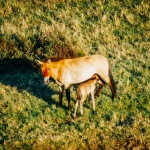 Essential Accessories for the GX85
Essential Accessories for the GX85Already bought the camera and looking for a GX85 case? Here’s my list of the best accessories for the GX85
